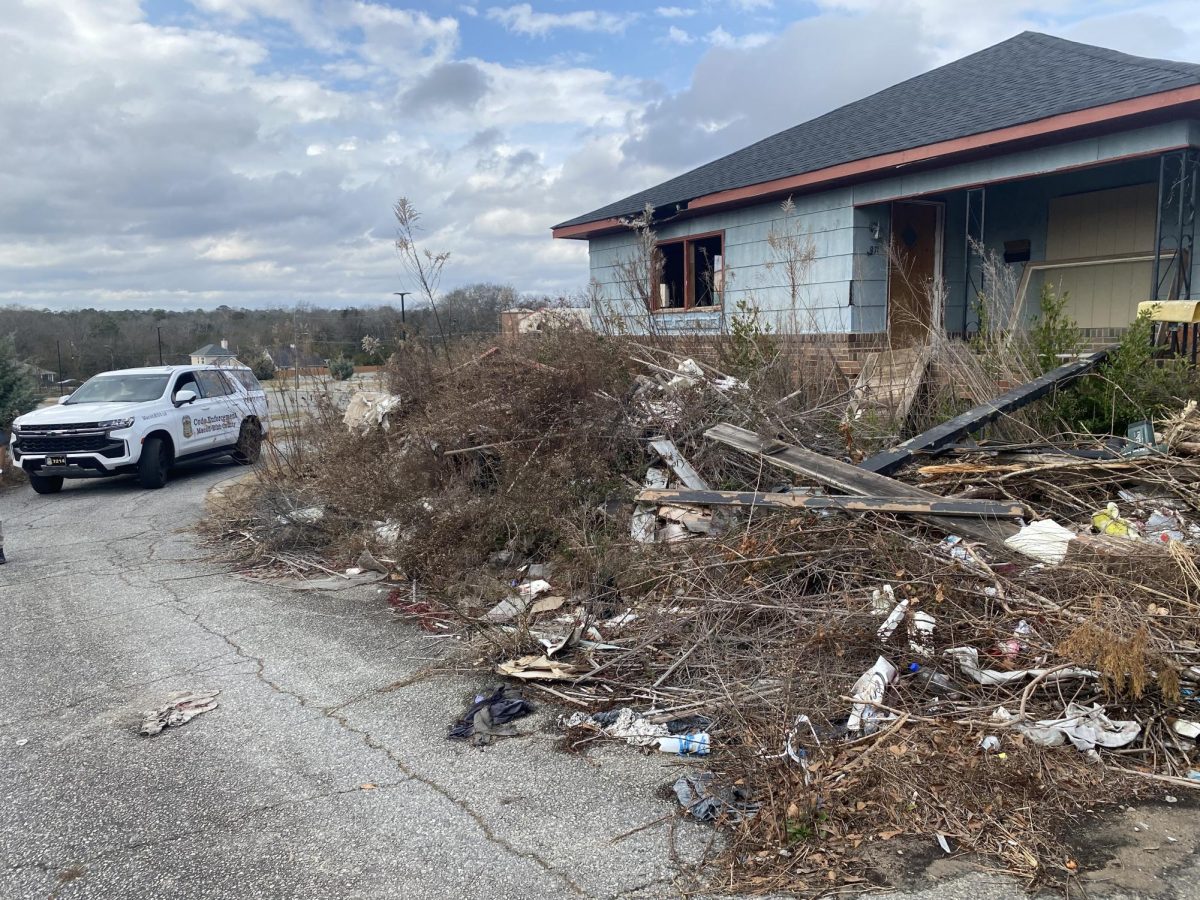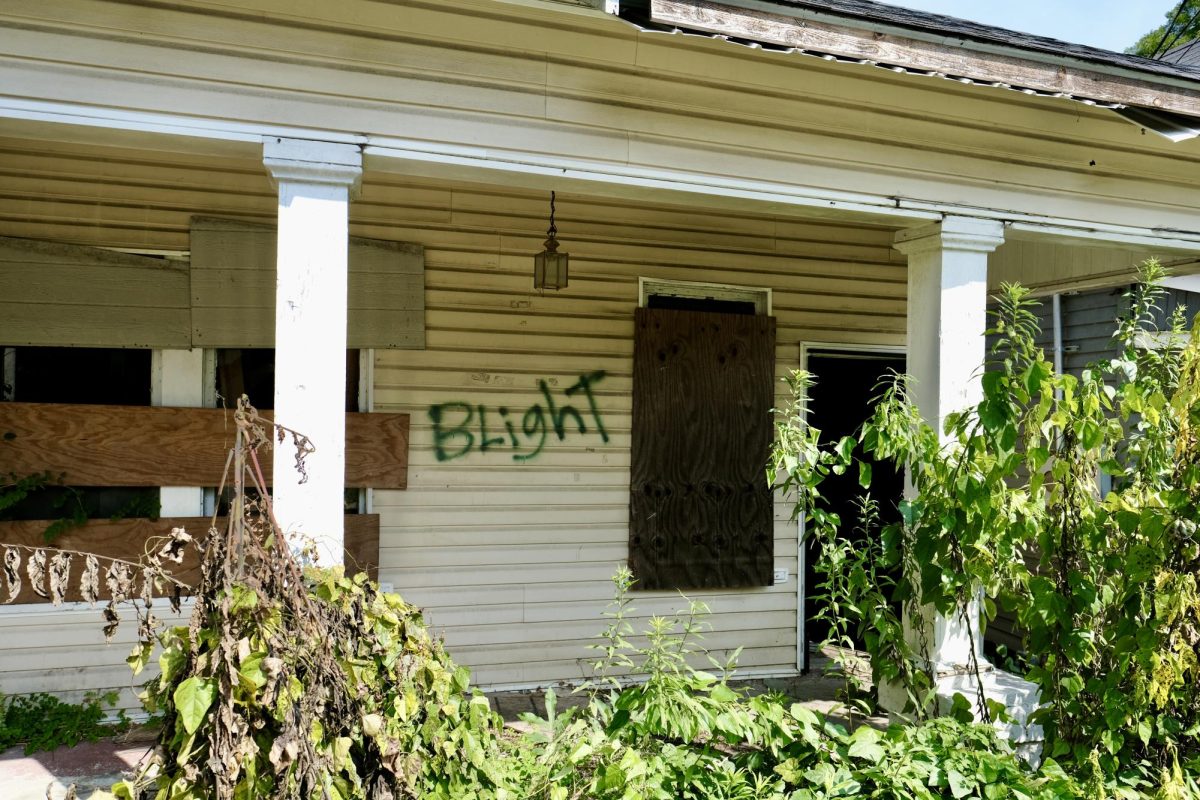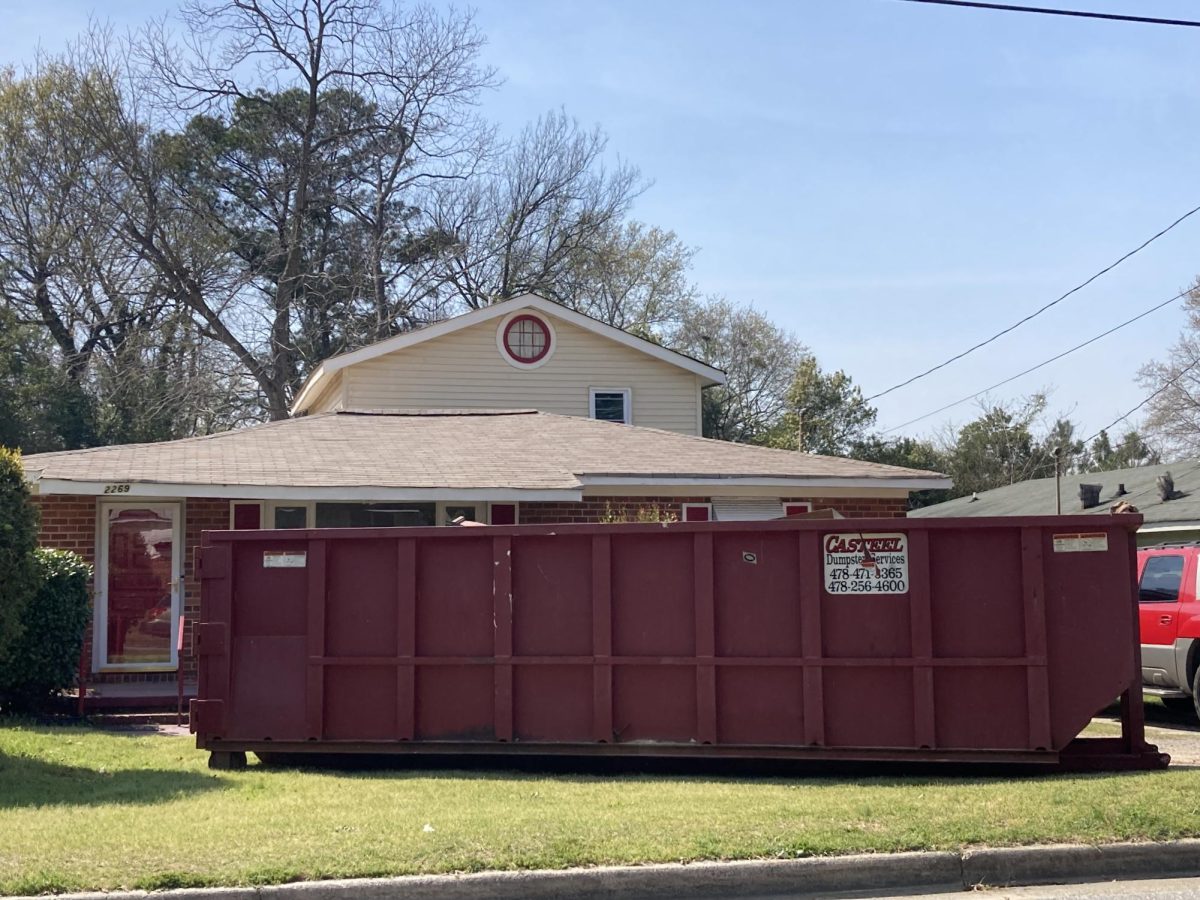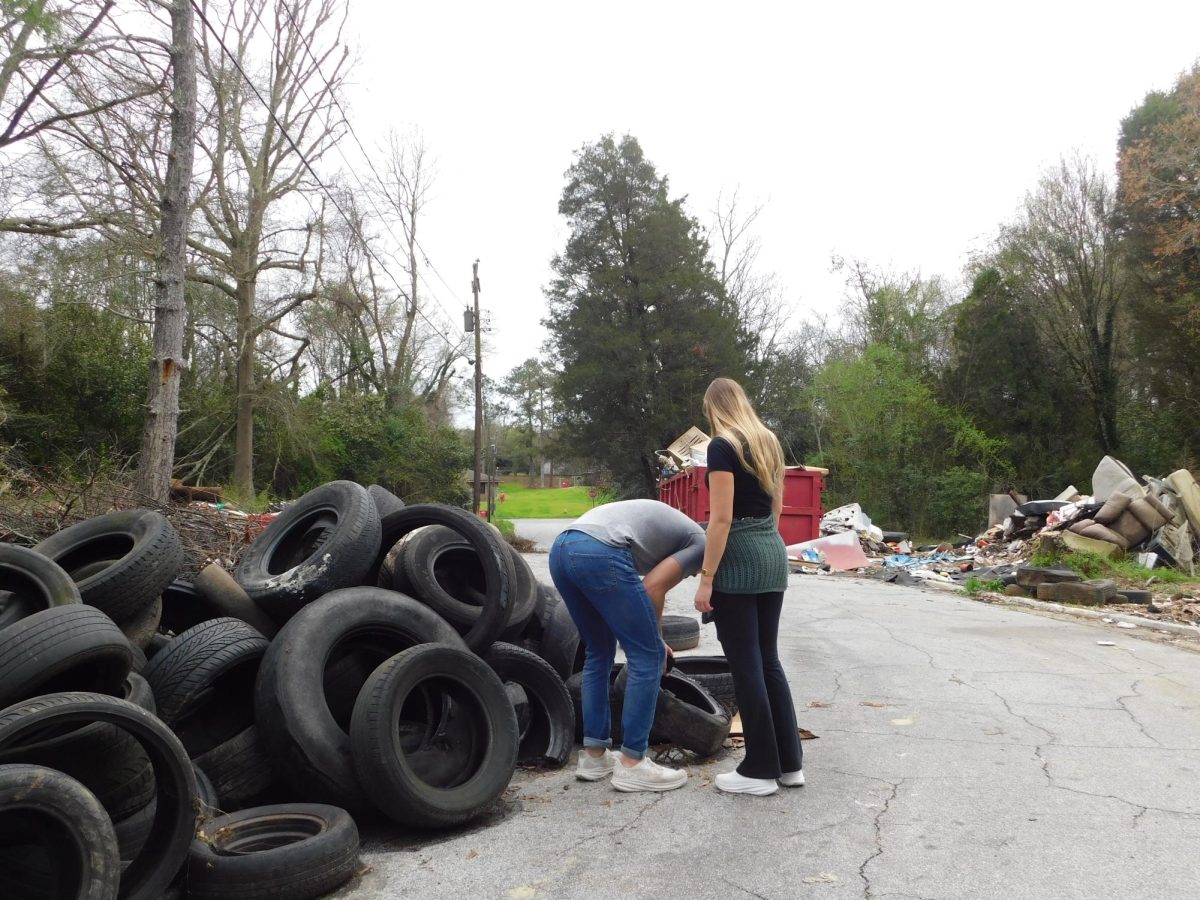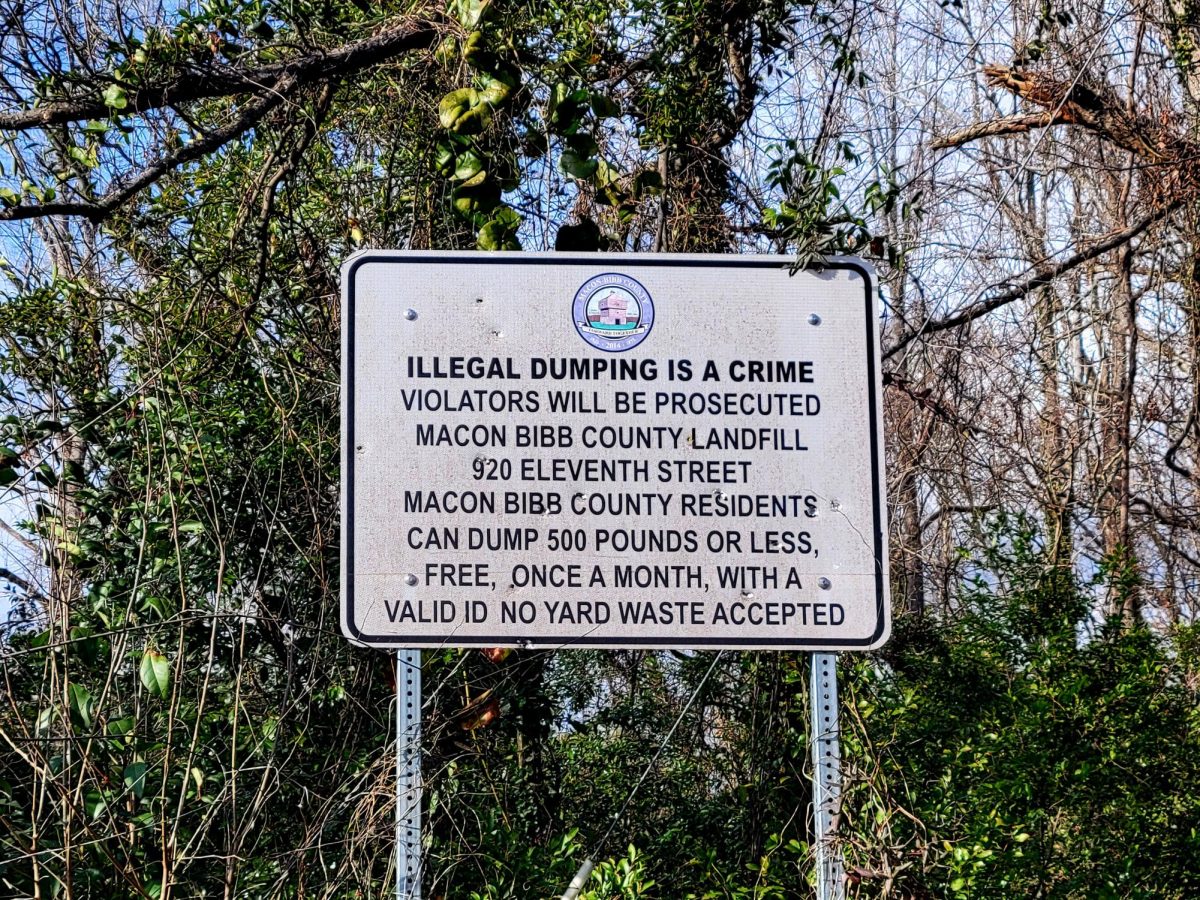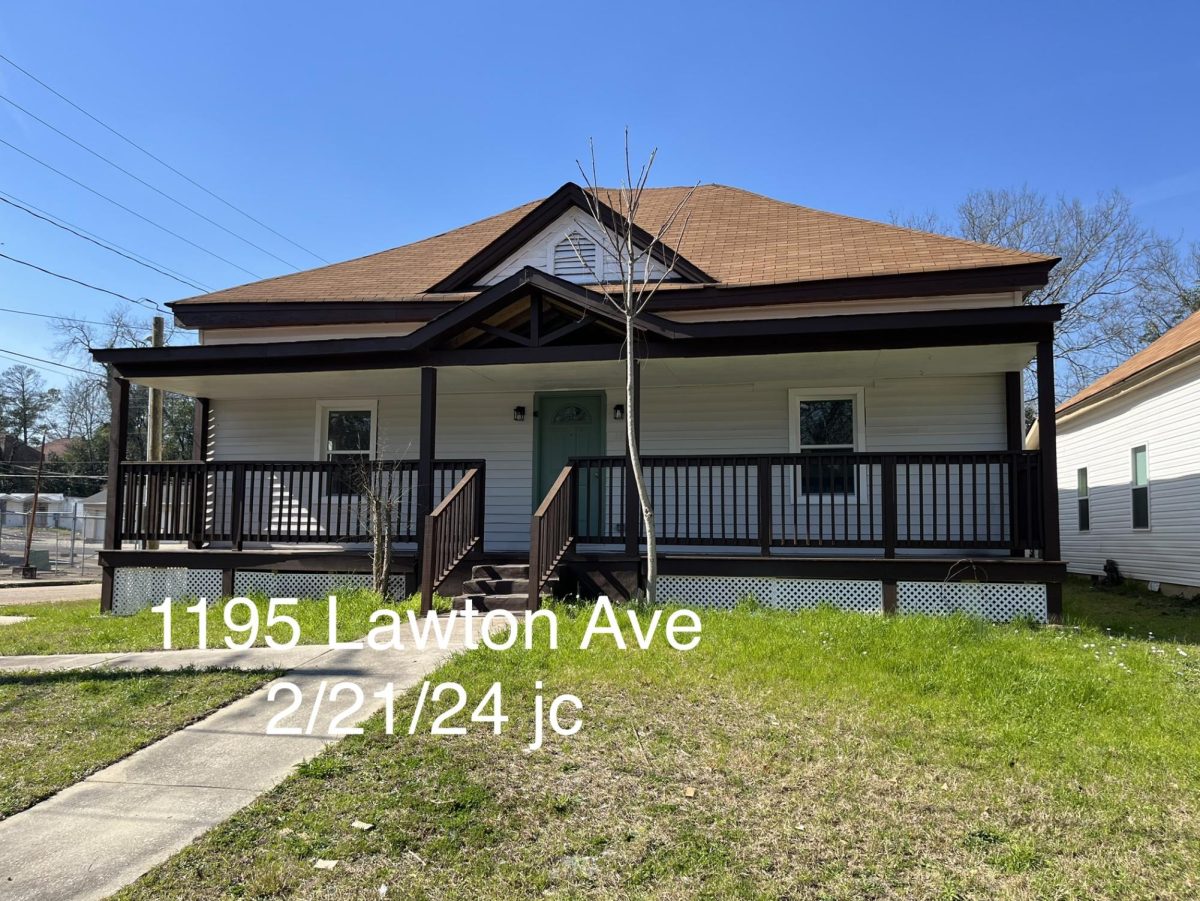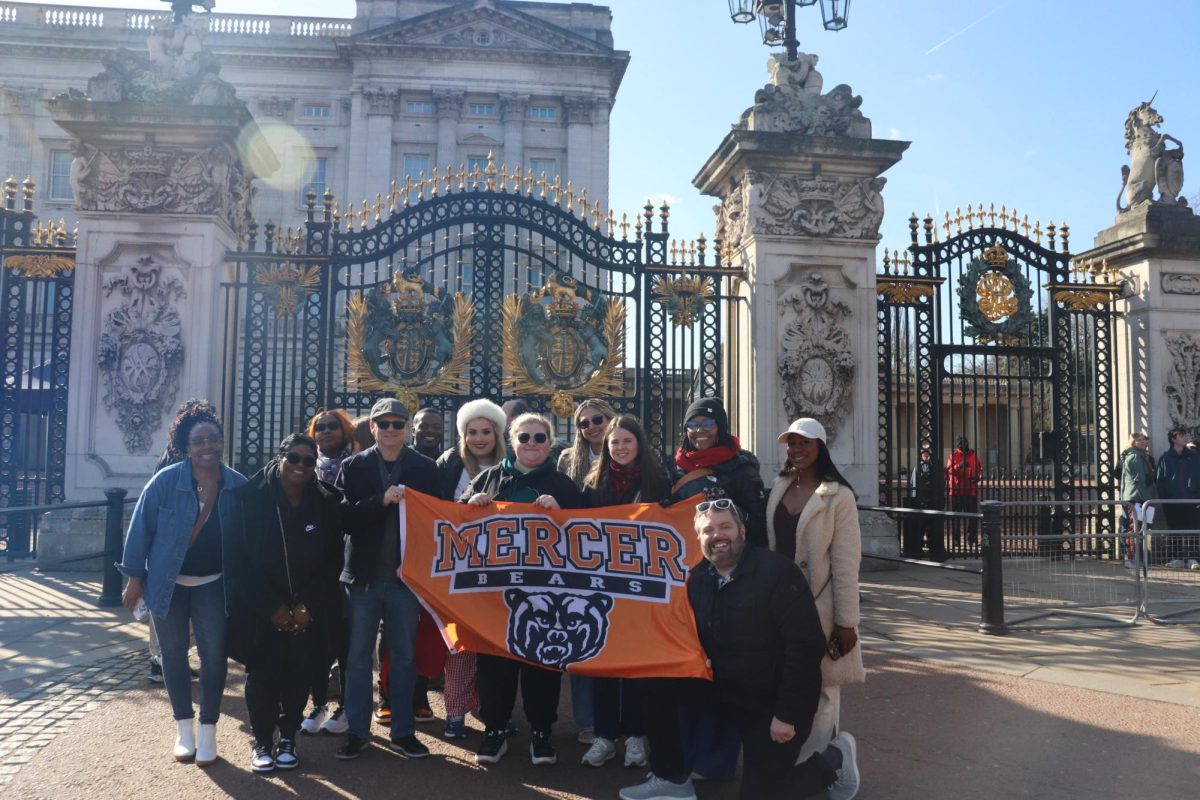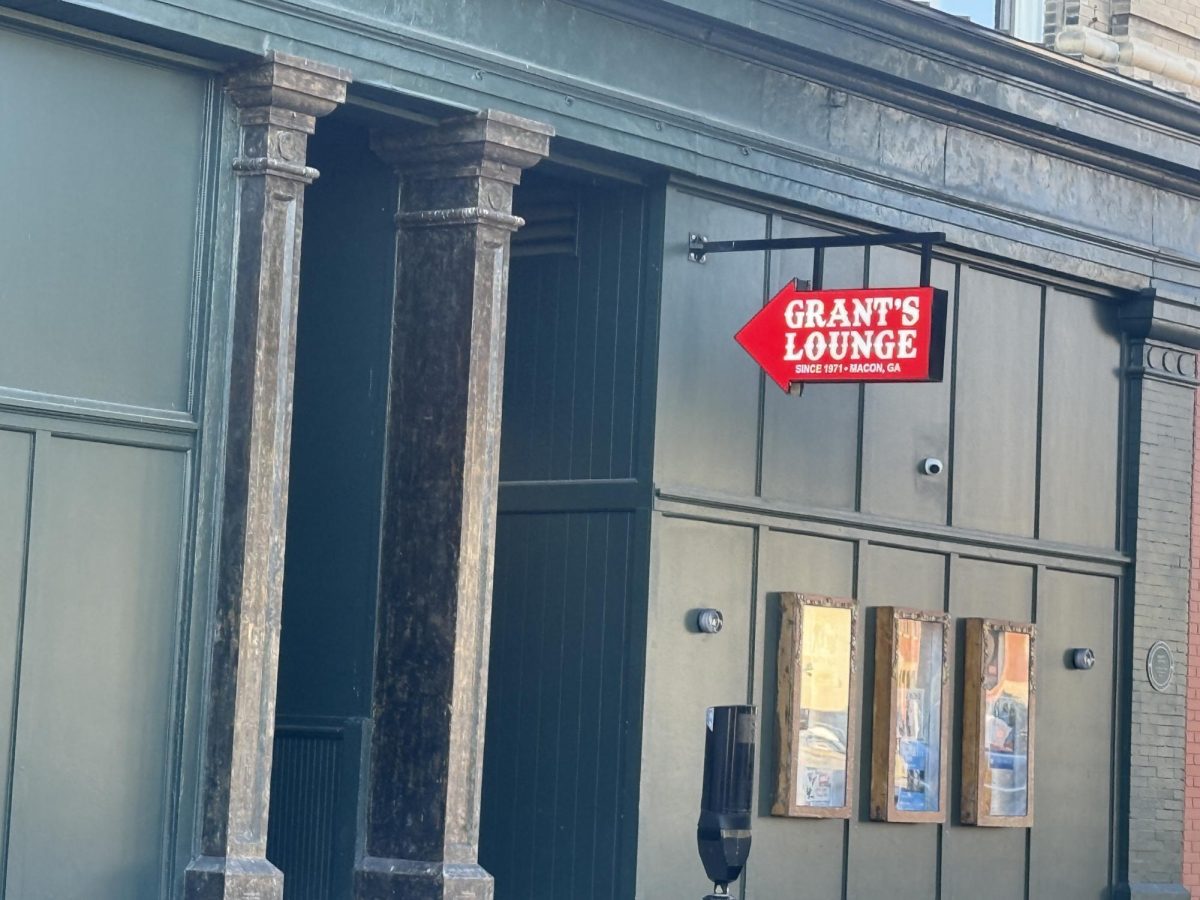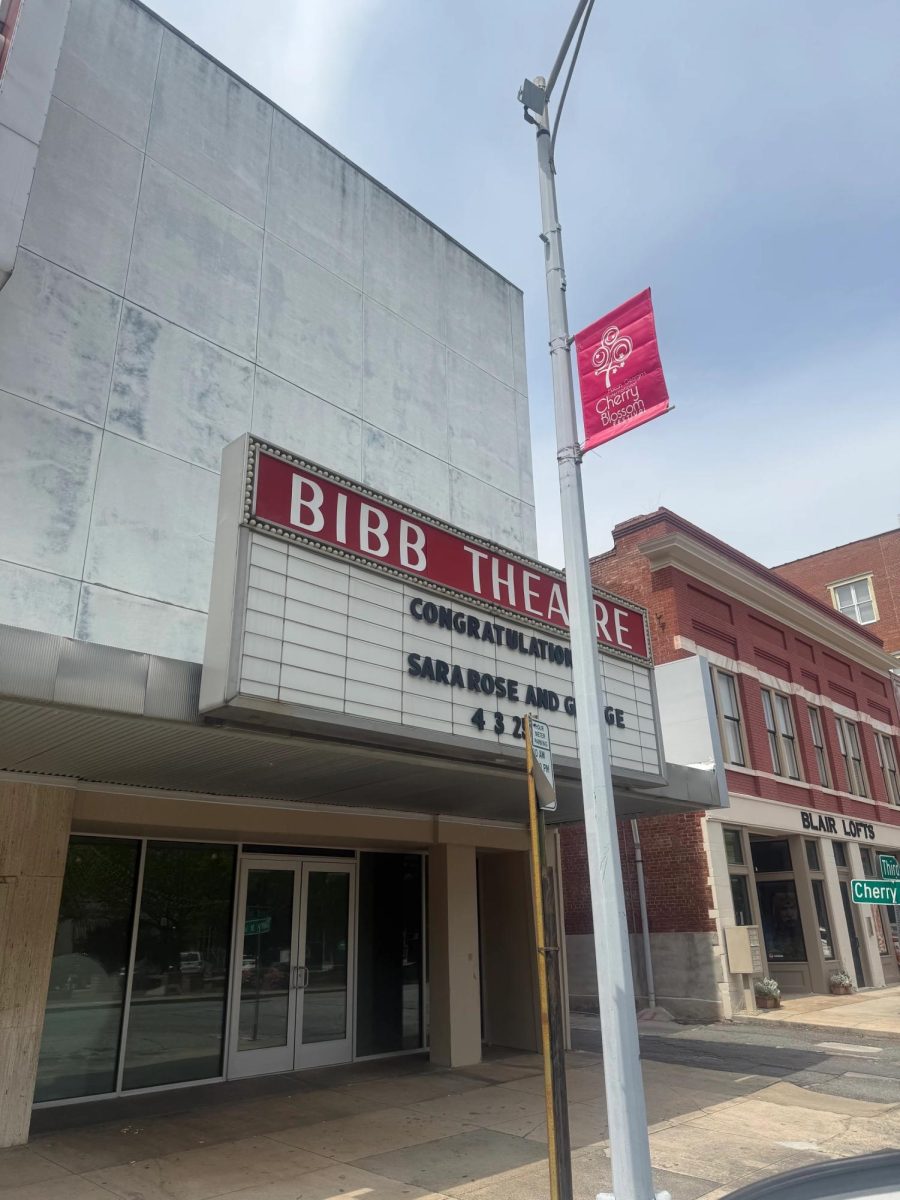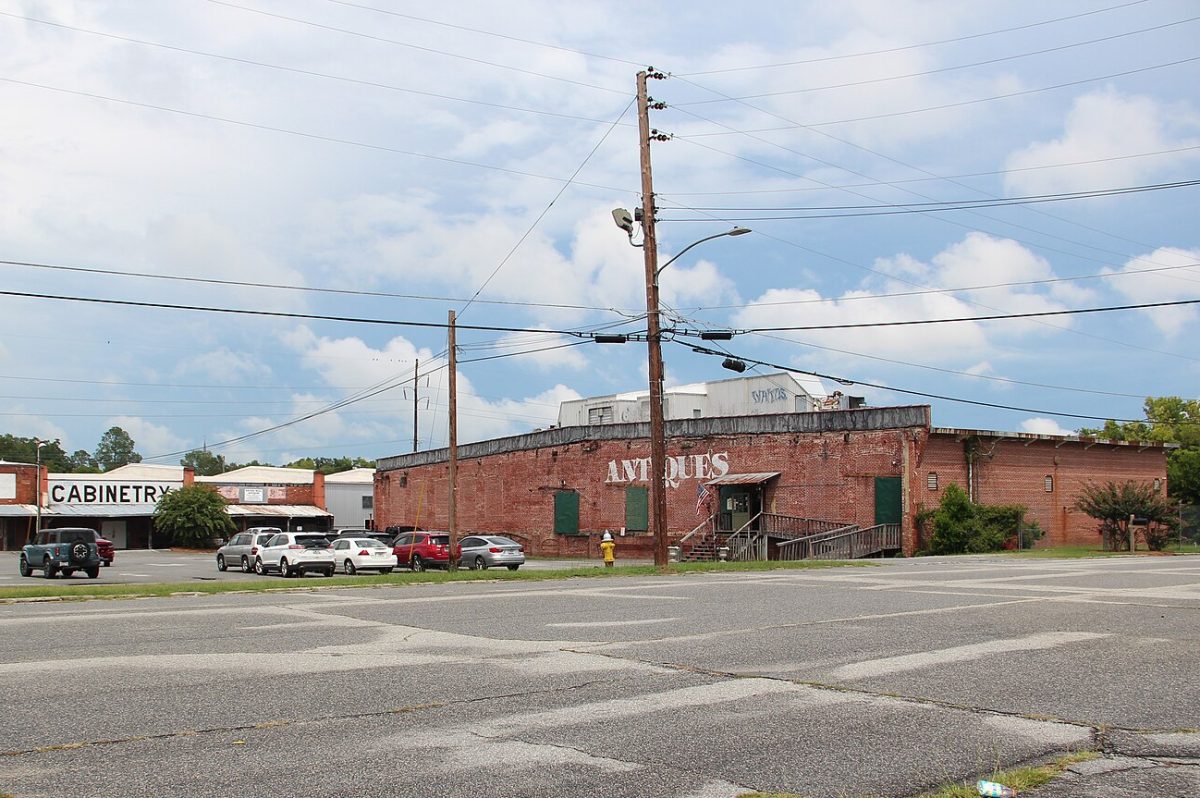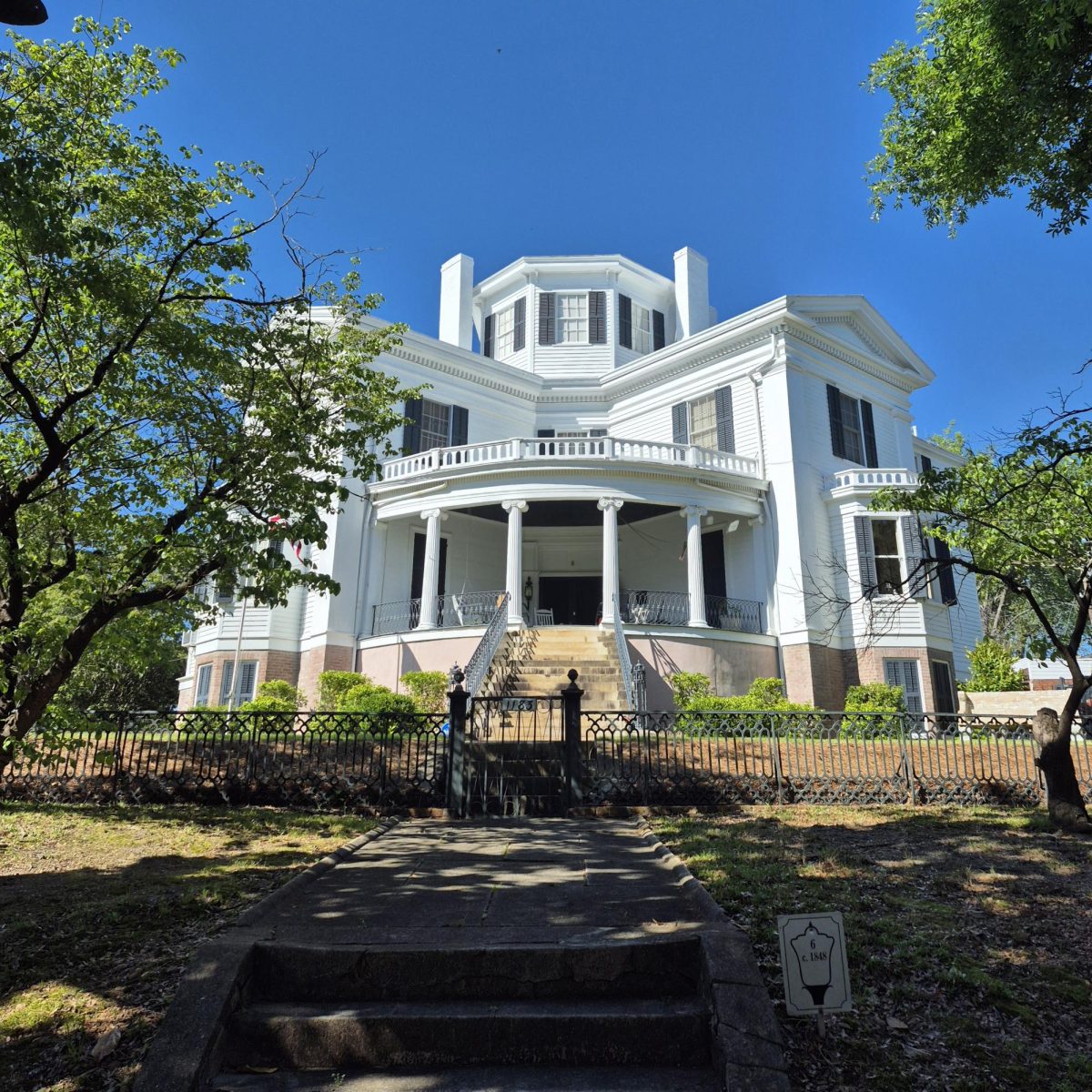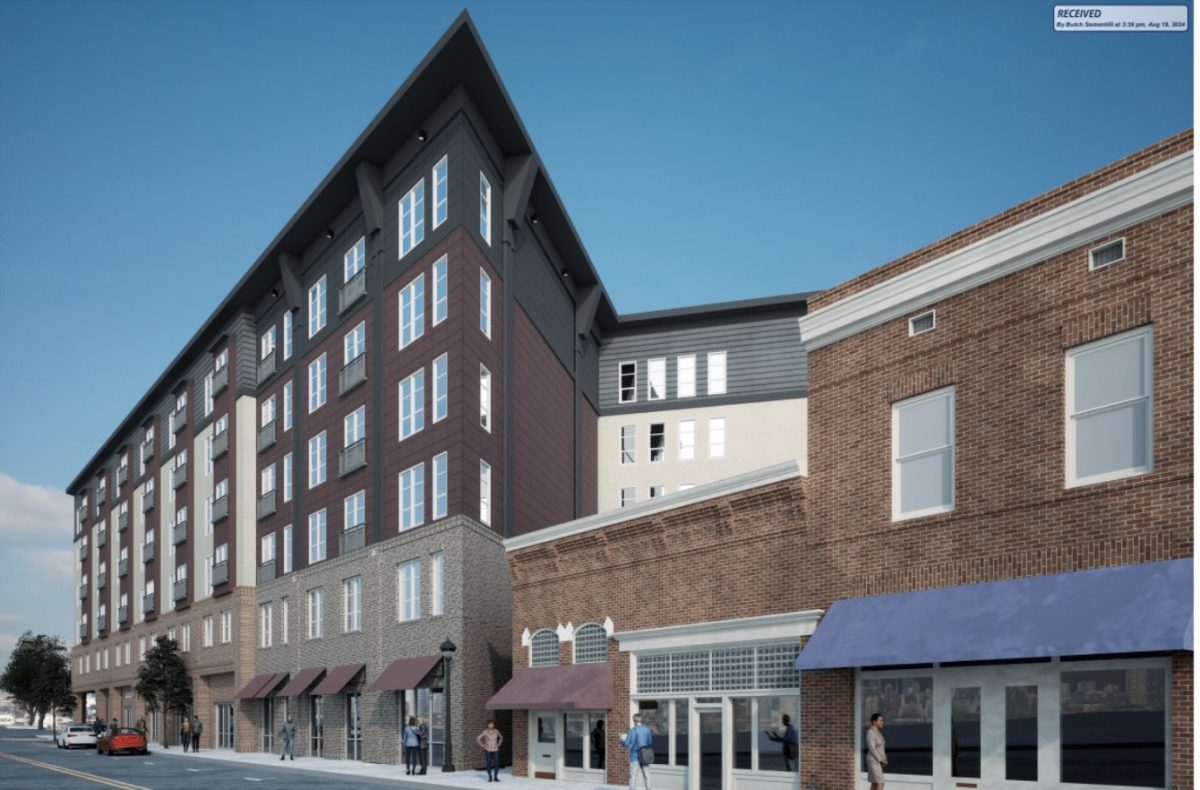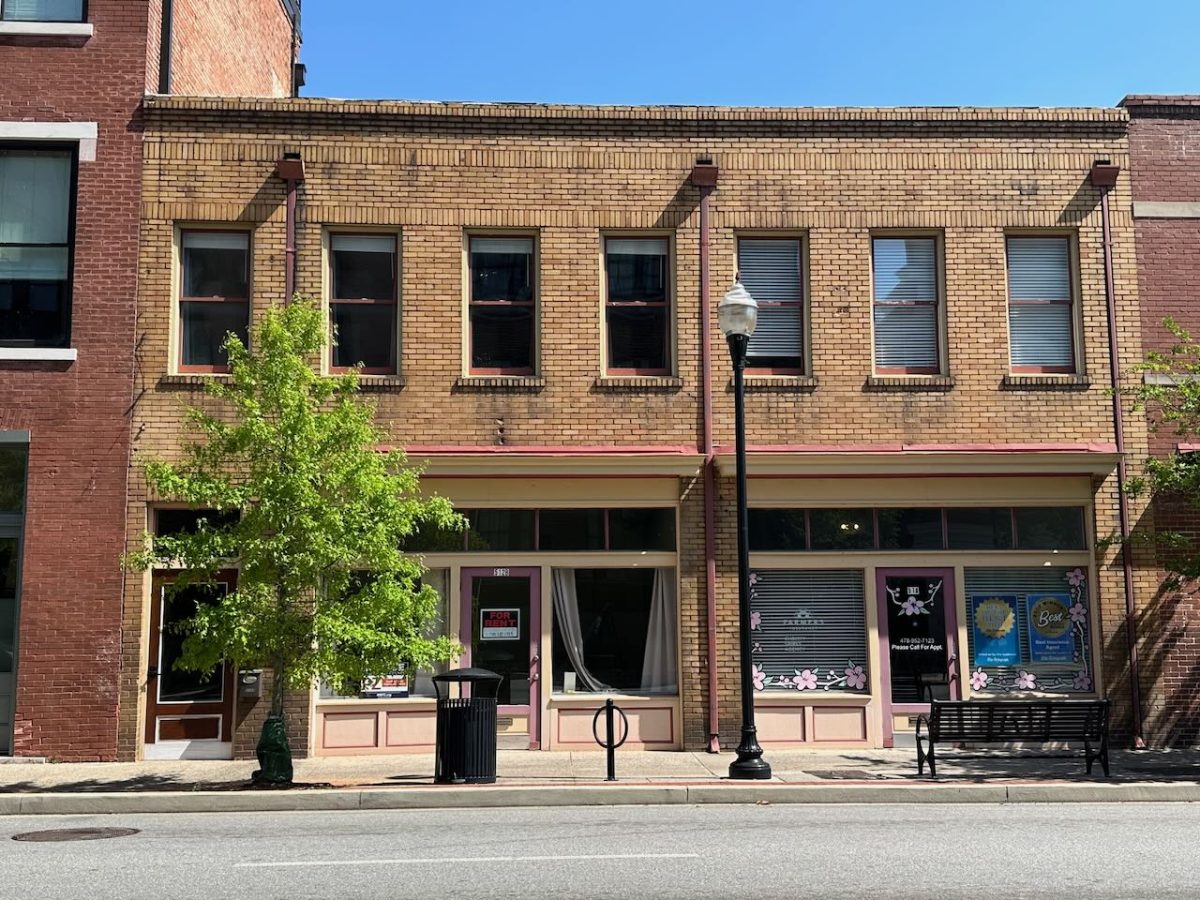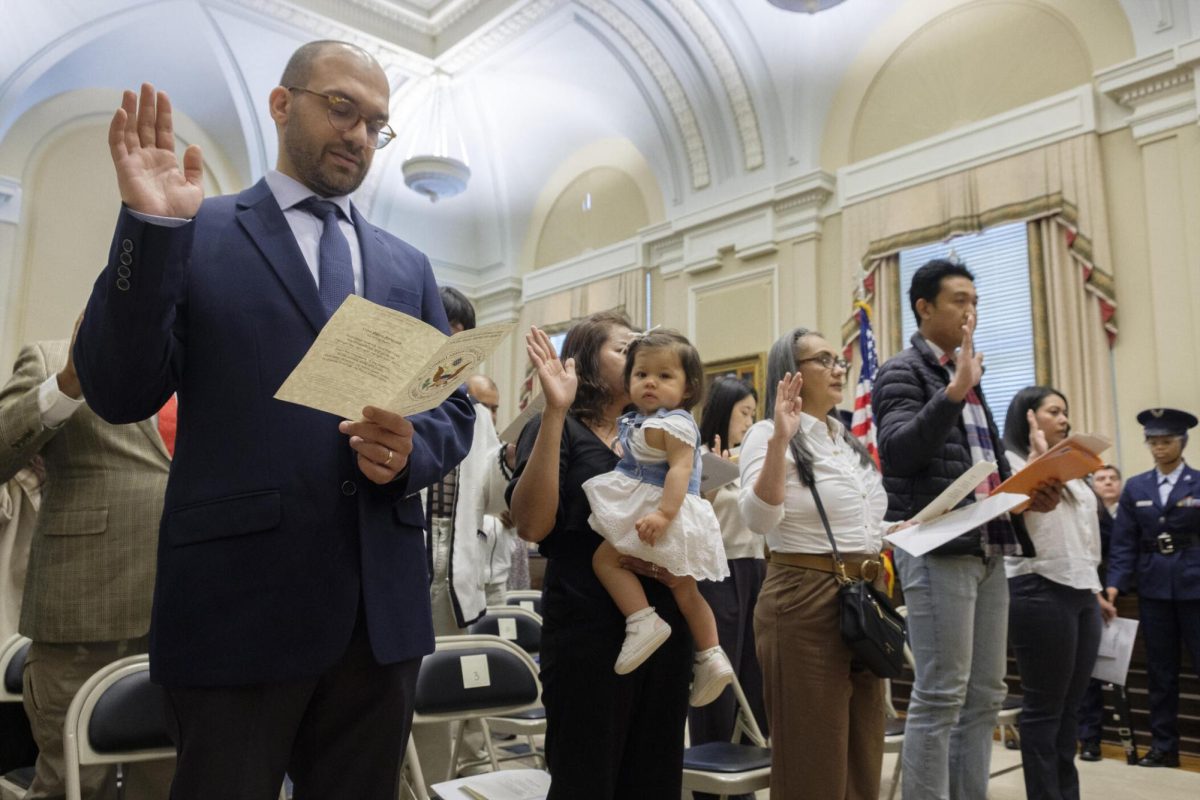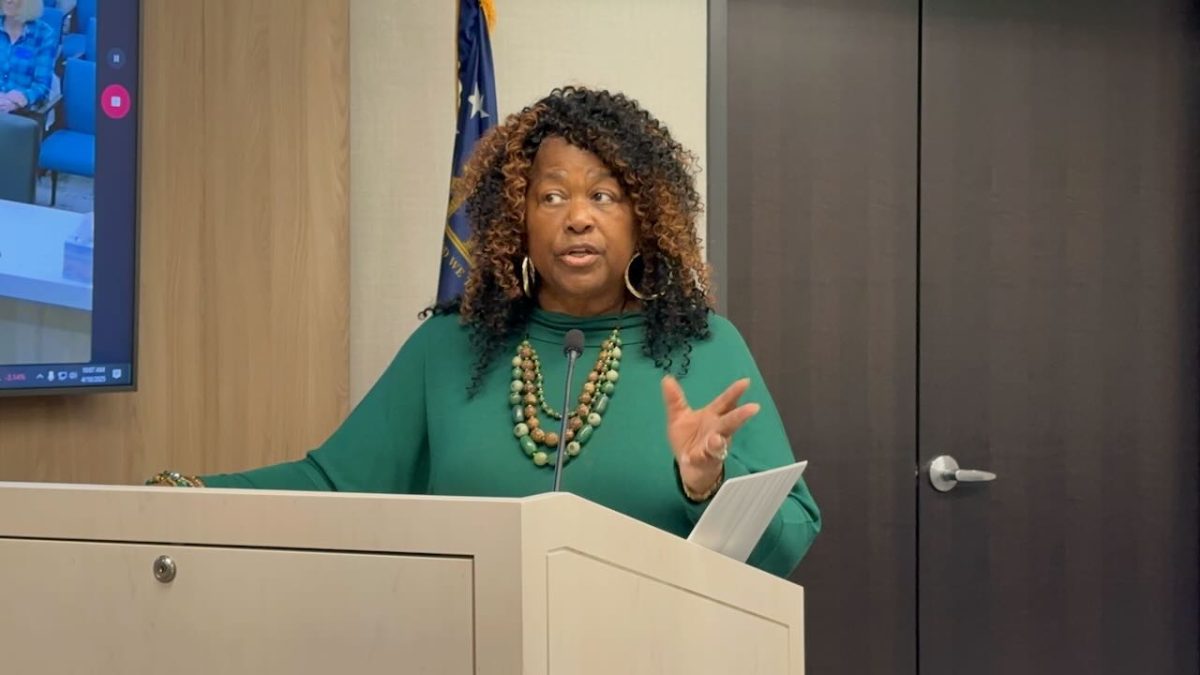Illegal dumping, abandoned properties, and poorly maintained landscapes are some examples of blight’s presence within Macon. However, the lesser-known impact lies within the consequences these things have on the community.
While there are several ways blight can develop, negligence to property is the commonality cited by residents and experts.
For each resident, their personal connection to blight can be different. Teresa Walton, a resident of South Macon, said her community’s concerns feel largely ignored, despite her efforts to clean up her community.
“They done cleaned up with all the people on drugs. It ain’t the people on drugs, it’s the people that’s sorry and lazy, don’t wanna, I guess, pay to go to a landfill and dump it,” Walton said. “They just dump it and thinking, hey, this is the bad side of town.”
Dr. Riku Kawaguchi, a criminologist and sociology professor at Mercer University, has a special interest in how blight and other physical conditions contribute to community crime and blight.
“The first thing that immediately comes to mind is social disorganization theory. That theory talks about the conditions of the neighborhood – such as the poverty in the neighborhood, or even racial diversity and segregation,” Kawaguchi said. “If the neighborhoods can’t come together and realize the problem, that’s going to have other issues with crime, including the blight problem. So social disorganization theory can definitely contribute to that.”
Community leaders like Walton are passionate about advocating for the South Macon community, due to her vocal nature regarding the issue of blight and illegal dumping in Macon.
“A lot of times I call code enforcement myself. Because I live beside two abandoned houses that are really messed up, really really messed up, ain’t livable,” Walton said. “And also … on my streets I had rode by where people been dumping all kinds of trash. And it’s been there for a long time. And won’t nobody come do nothing about it.”
Code Enforcement officers are responsible for enforcing local ordinances regarding the upkeep of property. They are the first point of contact for reporting blight in the community.
However, some residents are dissatisfied with the work done so far. Despite some continued efforts to relieve the situation, Walton believes there needs to be a more urgent, collective effort to address these challenges.
”They said they’ll put cameras up – where the cameras at? If y’all see these people dumping, why are you not trying to arrest them? Or trying to see where they at, see if you can do something about them keep doing it?” Walton asked. “Cause it keeps going on, and on, and on over there. And it’s sad. We got so many rats over there, and snakes, bad over there. So they really – it needs some help over there. For real.”
Kawaguchi believes the best way to combat the problem is to follow the lead of areas with similar blight-impacted areas, such as Philadelphia. He cites a direct link between blight and crime, suggesting the issue is far more nuanced than previously believed.
“There is some research in Philadelphia for example regarding blight remediation. It’s kind of similar to what the Macon government has been doing,” he says. “They try to do a treatment of the area itself to make it look better. So for example, they clean the outside of the building to make it look nicer, or convert empty abandoned lots into parking lots, or a park. So making the area usable will help do something to the blight itself, but also has a broader effect on crime.
Community residents are hopeful, with Walton believing strength in numbers is the most effective solution.
“It’s always been bad off and on. If they could just get, you know, a bug community thing going on, you know, to help remove all this stuff and keep it removed, and do something about it, and don’t be playing about it, it’ll be better,” she said.
Native Maconite Charm Myers leads Grow Macon, an initiative that has taken to setting up gardens within the community and private residences as a way to combat blight. However, this initiative goes beyond simply planting fruits and vegetables.
She believes that by doing this, the community will be encouraged to maintain their properties, while also providing access to affordable food options amidst living in a food desert.
“You know, there’s no plants or trees growing, or where there’s trash everywhere,” Myers says. “We deserve more than that. And that’s why I’m out here doing this – my mom and dad have green thumbs, but I don’t really have a green thumb like that. I’m just doing what I think is best and what’s good for my community.”
As a member of the East Macon community, Myers has seen a shift in the community over recent years. She believes that with her organization’s initiative, the community can begin to rebuild itself and start to take pride in their homeownership once again. Myers and other volunteers have offered small plant beds to residents where they can grow their own vegetables. Additionally, she has set up community gardens, where the rules are simple – water the soil if it’s dry, and feel free to take anything you’d like.
Myers explained how Macon becoming an attractive destination has allowed new families looking to settle down to emerge. However, on the other end, long-term residents have been moving elsewhere, leaving a path of blight in their wake.
Myers hopes her initiatives will help to both combat the far-reaching issue of food insecurity in Macon, as well as create a sense of pride in community and maintaining properties.
”I definitely think this can improve the blight problem, at least in East Macon,” Myers said. “I think that when people start to take pride in things like the garden, then they will naturally start to take pride in their community too.”
“Grow Macon, can you know, die tomorrow,” Myers said. “But if I planted the seed in someone else’s head to – you know, grow their own plants and take care of their community? It’s worth it.”



